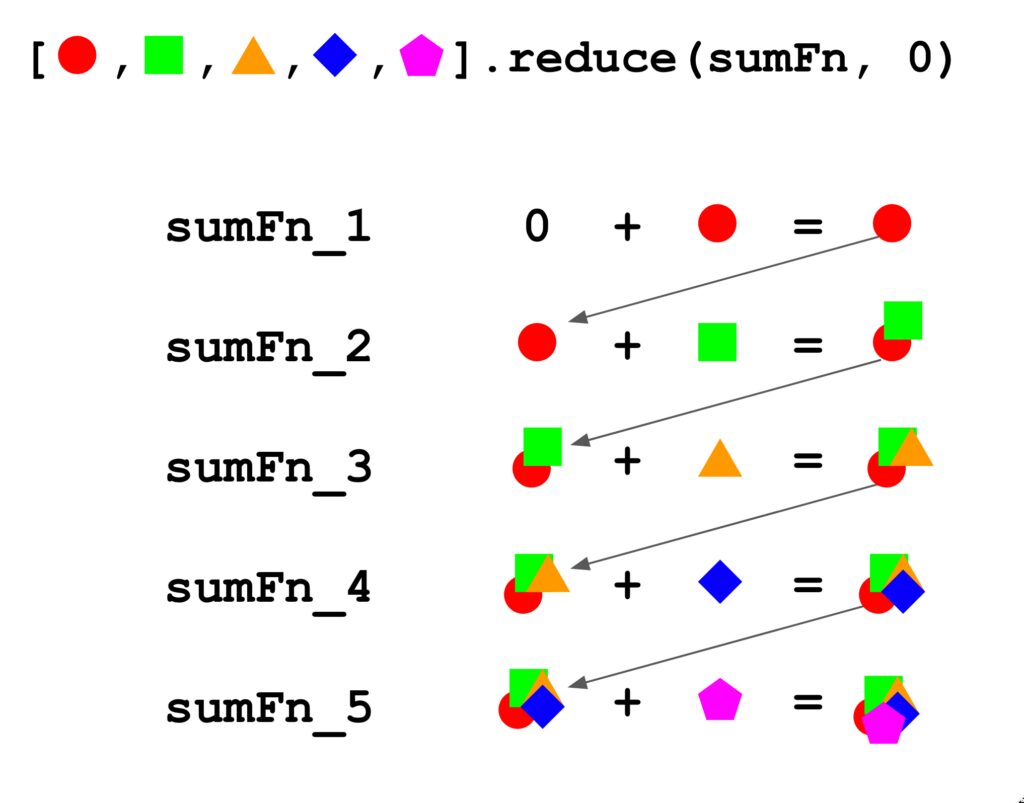Exploring Google Analytics 4: A New Era of Digital Measurement
Google Analytics 4 (GA4) marks a major shift in how we understand and measure user behavior across digital platforms. Released as the successor to Universal Analytics (UA), the new one is not just an upgrade — it’s a complete rethinking of data collection, event tracking, and user-centric analysis. For digital marketers, analysts, developers, and business owners, embracing means adapting to new paradigms, tools, and strategies.
At its core, new GA is built around events, not sessions. This change is more than just semantics. In the old model, pageviews and sessions were foundational. flips this by considering every interaction — clicks, scrolls, video plays, purchases — as standalone events. This approach aligns better with the behavior of modern users who jump between devices and platforms without thinking twice.
Event-Based Tracking
Instead of tracking goals and pageviews in separate systems, GA4 introduces a unified model where everything is an event. Want to track how many users clicked a CTA button? That’s an event. Want to measure video engagement? Also an event. GA4 allows you to configure custom events with parameters, giving you deep flexibility and insight into user behavior.
This structure also eliminates the need for separate “category-action-label” formats used in UA. You simply create an event called cta_click and pass parameters like button_text or page_section. The result is a cleaner and more intuitive data layer that better fits complex modern user journeys.
Enhanced Cross-Platform Tracking
One of GA4’s biggest strengths is its ability to unify app and website tracking. With Firebase Analytics baked in, GA4 offers seamless tracking across iOS, Android, and web platforms. For businesses with both websites and mobile apps, this opens up new levels of insight. You can now see how a user first discovered your brand on mobile, then later made a purchase on desktop — all in one view.
User identification supports multiple strategies, including device ID, user ID (if authenticated), and even Google Signals. This makes it easier to piece together fragmented journeys that span multiple touchpoints.
Privacy-Forward and Future-Ready
In today’s privacy-conscious world, GA4 is built with a clear emphasis on data control, user consent, and long-term viability. Features like cookieless tracking, IP anonymization by default, and enhanced user consent controls help GA4 comply with regulations like GDPR and CCPA.
GA4 also relies heavily on machine learning and modeling to fill in gaps where data may be missing. For example, if a user opts out of cookies or consent is not granted, GA4 can use aggregated modeling to estimate behaviors based on similar users. While this doesn’t replace exact tracking, it ensures trend visibility and reduces reliance on perfect data.
New Reporting Interface
If you’re used to the default reports in Universal Analytics, GA4 might feel unfamiliar. Standard reports are more minimal, but highly customizable. The Explore section lets you build custom funnel reports, path analyses, and segment comparisons with drag-and-drop simplicity.
GA4 encourages users to think more like analysts: what question do you want to answer? Instead of starting with pre-made reports, GA4 puts the tools in your hands to build the view you need.
Still, for beginners, this freedom can be overwhelming. That’s why many teams combine with external tools like Looker Studio, BigQuery, or custom dashboards to visualize the metrics that matter most.
BigQuery Integration (Now Free!)
Speaking of BigQuery — one of the most exciting aspects of GA4 is that BigQuery export is now available to all properties, not just premium ones. This means that even small businesses can export raw GA4 event data into BigQuery for deeper, SQL-based analysis.
Want to run cohort analysis? Predict user lifetime value? Clean and join GA4 data with CRM or backend data? BigQuery makes all that possible. GA4’s native export is fast, reliable, and opens the door to advanced data engineering and warehousing strategies.
Final Thoughts
GA4 isn’t just another analytics tool. It’s a shift in mindset. From session-based metrics to event-based understanding. From static reports to dynamic exploration. From cookie-heavy data to privacy-aware modeling.
While there’s a learning curve, the long-term benefits are clear. GA4 provides the flexibility, scalability, and cross-platform measurement modern businesses need — especially in an ecosystem where user behavior is fragmented, complex, and constantly evolving.
Whether you’re a solo blogger, an eCommerce owner, or a large enterprise, now is the time to get comfortable with this. Because the future of analytics? It’s already here.
